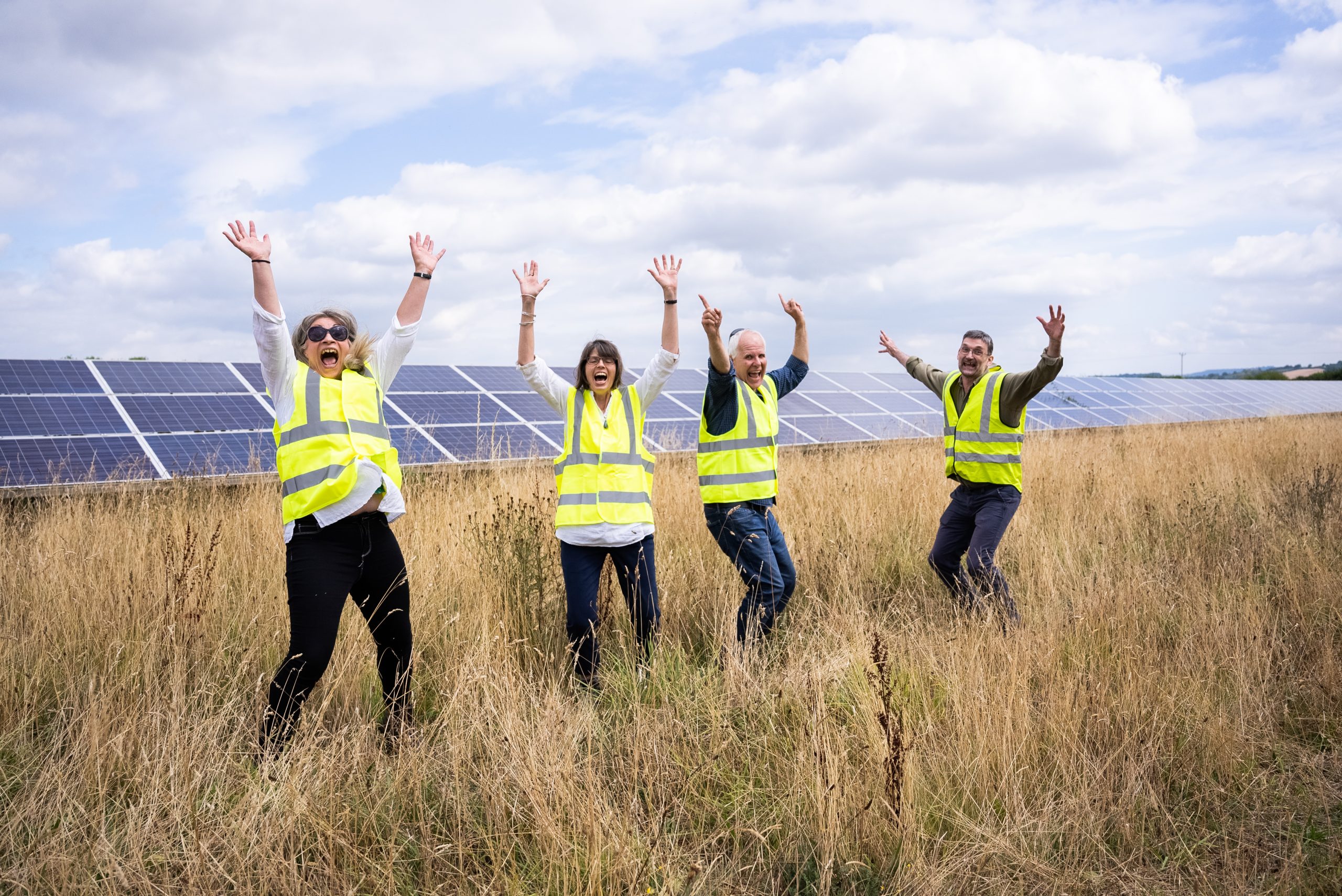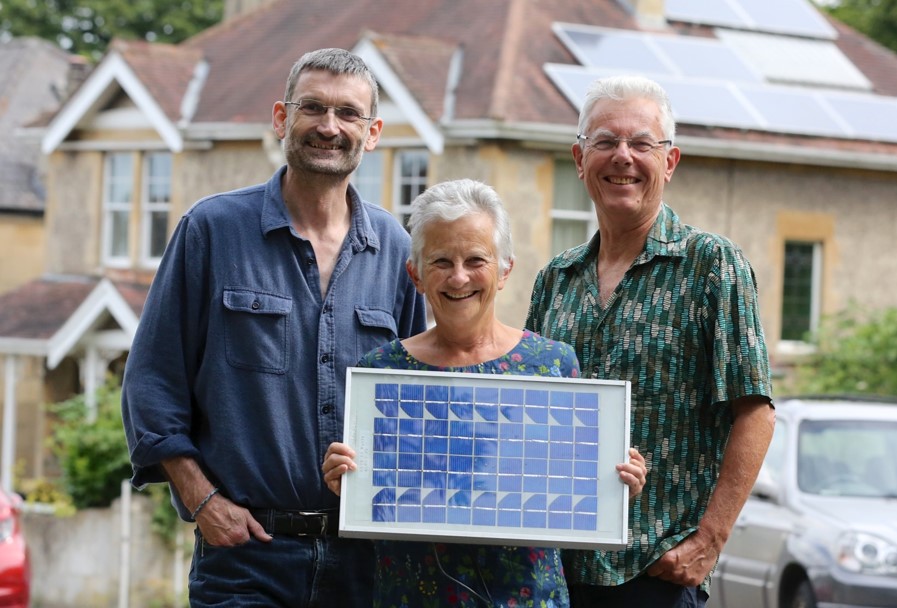Introduction
In order to explain Flex Community™ to potential participants we needed to provide some context to the project and explain why we were doing it. The concept of household electricity flexibility can be a difficult one to get across because it requires a basic understanding of the energy system and its future trajectory. We learned that it was important to raise awareness around the energy system in general before we could recruit participations to Flex Community™ .
Here are some of the key messages we have used to explain the background to Flex Community™ .
Once you have read through them you can see how we have used them in practice (e.g. on web pages, videos, presentations) by clicking on Engagement Tools at the bottom of the page.
We are going through an Energy Transition
Our energy system is in the middle of a major transition as we respond to the unfolding climate emergency. This transition involves:
- Switching over from fossil fuels to renewables with regard to energy generation.
- Switching from oil and gas to electricity as a means of heating homes and powering transport.
For this transition to be successful a number of problems need to be solved
1. Intermittency
We need to generate more renewable energy but renewable sources such as solar and wind are intermittent (weather dependent) and cannot always be guaranteed to meet demand.
2. Increased pressure on the electricity grid
Switching from oil or gas to electric transport and electric home heating will put more pressure on our electricity grid.
3. Decentralisation = harder to control
The switch to renewables is creating a more decentralised energy system with a high number of diverse and dispersed renewable energy generators rather than a small number of large, more easily controlled fossil fuel generators. This makes it harder to turn generation up or down when required.
4. Peak time = peak carbon
Just like with traffic, the electricity grid has its own rush hour. The demand peaks at around 6pm as people get back home from work, which unfortunately doesn’t always match when renewables, particularly solar, are at their strongest. Shortfall in renewable energy during this time is currently met by turning up energy from gas or oil fired power plants. So, if someone drives home in their electric vehicle and plugs it in to charge at 6pm, the odds are it’s adding to the need for fossil fuels. Currently energy consumed in the evening peak significantly more carbon intensive (up to 50% more) than other times of the day.
Energy demand management is necessary
We need to find better ways of managing energy demand in order to:
- Better balance supply from intermittent renewables and reduce our reliance on fossil fuels
- Avoid costly, resource intensive and environmentally unfriendly upgrades to our electricity transmission infrastructure
There are a number of methods we can use to manage demand but none of them is perfect.
1. Behaviour change
Changing the way we use energy both in how much we use and when we use it.
But how can we make it predictable and scalable to have the maximum collective impact?
2. Battery storage
Storing energy from renewables so it can be used when required.
But there are issues about the extraction of natural resources to manufacture batteries and the environmental impact of their de-commissioning.
3. Pricing mechanisms
Making electricity more expensive at peak times and reducing off peak costs.
However, this may not suit some people’s circumstances (e.g. families with young children).
4. Smart technology
Digital devices to enable people to collectively shift their energy consumption patterns.
But can we overcome the technological and psychological barriers to the adoption of smart technology that ‘makes decisions for us’?
Our way forward
- We’ll need a mix of solutions. We need to explore how we can best integrate the different methods to the greatest effect.
- And we need to ask who owns, who controls and who benefits? BWCE are committed to developing community owned and controlled solutions that bring real benefits to householders and local communities.
- As consumers we all need to become flexible energy users. Flexibility is the ability to modify energy consumption patterns in response to an external signal (such as a change in price, or a message) to provide a service with the energy system.
The potential benefits of our Flex Community™ approach
1. It will utilise digital technology to enable householders to make the optimum use of their energy technologies
This will ultimately improve energy efficiency, reduce energy bills and cut carbon emissions.
2. Flexibility will help us to increase renewable energy generation
If we can better match household demand to when there is more renewable electricity being supplied and do this in a controlled, predictable way, we make the grid operators more confident in allowing more renewable generation onto the grid.
3. It will help to avoid costly and resource intensive electricity grid upgrades
This is a simple, low-cost approach that will avoid costly grid upgrades which have high environmental impacts.
See how we have used these messages in practice in the Engagement Tools section.


